Our Complete Guide To Landscape Design Trends: Layout
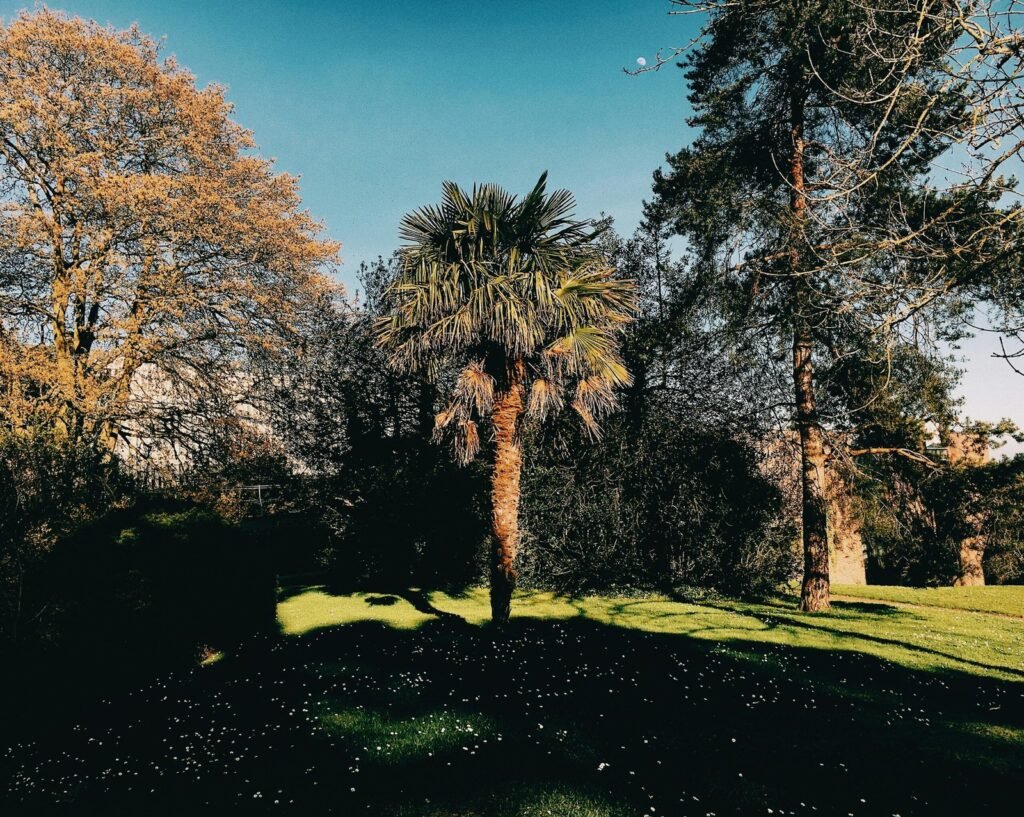
Creating the Perfect Landscape Design Layout
Designing a functional and visually stunning outdoor space starts with the right landscape design layout. A well-thought-out garden layout balances beauty, practicality, and personal style, ensuring that every corner of your outdoor space serves a purpose. In this guide, we’ll explore key elements like zoning, flow, natural features, and accessibility to help you design a garden that’s both inviting and functional.
Landscape Design Layout: Start with a Clear Vision
Every successful landscape design layout begins with a well-defined vision. Think about how you want to use your garden—whether for entertaining, relaxing, gardening, or playing with family and pets. A garden should be an extension of your lifestyle, so it’s important to align its layout with how you intend to enjoy the space.
Consider making a list of must-have features such as a dining patio, play area, flowerbeds, or a water feature. Next, create a simple sketch that includes these features while considering how they’ll connect. This will help shape your landscape design layout and create a natural flow that’s both practical and visually appealing.
Zoning in Landscape Design Layouts
Zoning is one of the most important aspects of creating a well-structured garden. By dividing your space into distinct areas, you can maximise its usability while maintaining a cohesive look. Think of your garden as an outdoor home with separate “rooms” for specific activities.
Social zones should be designed with entertaining in mind. Create a welcoming space near the house where you can set up an outdoor dining area, barbecue station, or cosy seating arrangement. For relaxation, consider a private seating nook framed by tall plants, trellises, or pergolas. This is the perfect spot for a garden bench or hammock where you can unwind with a good book.
Functional spaces could include raised vegetable beds, herb gardens, or a children’s play area. These areas should be easy to access but visually separated to maintain a clean, organised appearance. Defined pathways help connect these zones while creating a sense of exploration throughout your garden.
Using Natural Elements in Your Landscape Design
Incorporating natural features into your landscape design layout can make your garden feel authentic and connected to its surroundings. Working with the natural elements of your space not only enhances its visual appeal but can also reduce maintenance.
If your garden has existing mature trees, use them as ready-made focal points. Build seating areas beneath their shade or frame them with flowerbeds. Natural stone features, such as boulders or rock gardens, can also add a rugged, organic touch.
Pay attention to the topography of your garden. Use sloping areas to create terraces or raised garden beds, adding depth and visual interest. Choose plants that thrive in your local environment for a low-maintenance, sustainable garden that looks great year-round. Consider adding a mix of evergreens, flowering perennials, and shrubs with autumn foliage for seasonal variety.
Creating Flow in Landscape Design Layouts
A well-designed garden layout should guide movement effortlessly. The best landscape designs have a clear sense of flow, making the space easy to navigate and visually connected.
Curved pathways create a sense of exploration and work well in relaxed, nature-inspired gardens. Consider winding paths through flowerbeds or around trees to create a journey through your space. For a more formal garden, opt for straight, symmetrical paths that create a sense of order and elegance.
Practical Elements in Landscape Installation
Functionality is just as important as aesthetics when planning your landscape installation. A garden that’s difficult to maintain can quickly lose its appeal, so consider practical features that make upkeep easier.
Durable pathways made from materials like stone, brick, or gravel provide sturdy surfaces that withstand wear and tear. Choose weather-resistant finishes that complement your garden’s overall style.
Irrigation systems can simplify plant care by automating watering schedules, ensuring that flowers and shrubs stay healthy with minimal effort. Plan for storage areas where you can keep tools, outdoor furniture, or garden equipment. Sheds, storage benches, or even cleverly disguised garden cabinets can blend into the design while keeping clutter out of sight.
Balancing Open and Private Spaces in Landscape Design
The best landscape designs combine open, social areas with cosy, private nooks for relaxation. Balancing these elements ensures that your garden feels inviting while offering spaces for different activities.
Open lawns provide a versatile space for gatherings, games, or outdoor events. A spacious lawn can also make a small garden feel larger by creating an uninterrupted expanse of green. In contrast, secluded corners framed by hedges, trellises, or tall ornamental grasses offer a sense of privacy and calm.
Use layered planting techniques to create depth and visual interest. Plant taller shrubs and trees in the background, with flowers and low-growing plants in the foreground. This approach adds dimension while creating natural boundaries between different areas of the garden.
Designing for Long-Term Growth and Change
Gardens are living, evolving spaces. Consider how plants will grow over time when planning your landscape design layout. Allow enough space for trees and shrubs to reach their full size without overcrowding.
Layer plants based on height, placing taller trees and shrubs at the back, mid-height plants in the centre, and low ground covers at the front. This creates a dynamic, visually appealing garden that changes with the seasons.
For seasonal interest, mix evergreens, flowering bulbs, and plants with colourful foliage. This will keep your garden looking fresh throughout the year, from the first blooms of spring to the rich colours of autumn.
Final Thoughts on Landscape Design Layouts
A well-planned landscape design layout is the foundation of a stunning, functional garden. By balancing structure and nature, zoning spaces, and incorporating natural features, you can create a garden that works beautifully year-round. Careful planning ensures a garden that not only looks incredible but also meets your practical needs, offering a space where you can relax, entertain, and connect with nature.
Our Landscape & Brickwork Projects
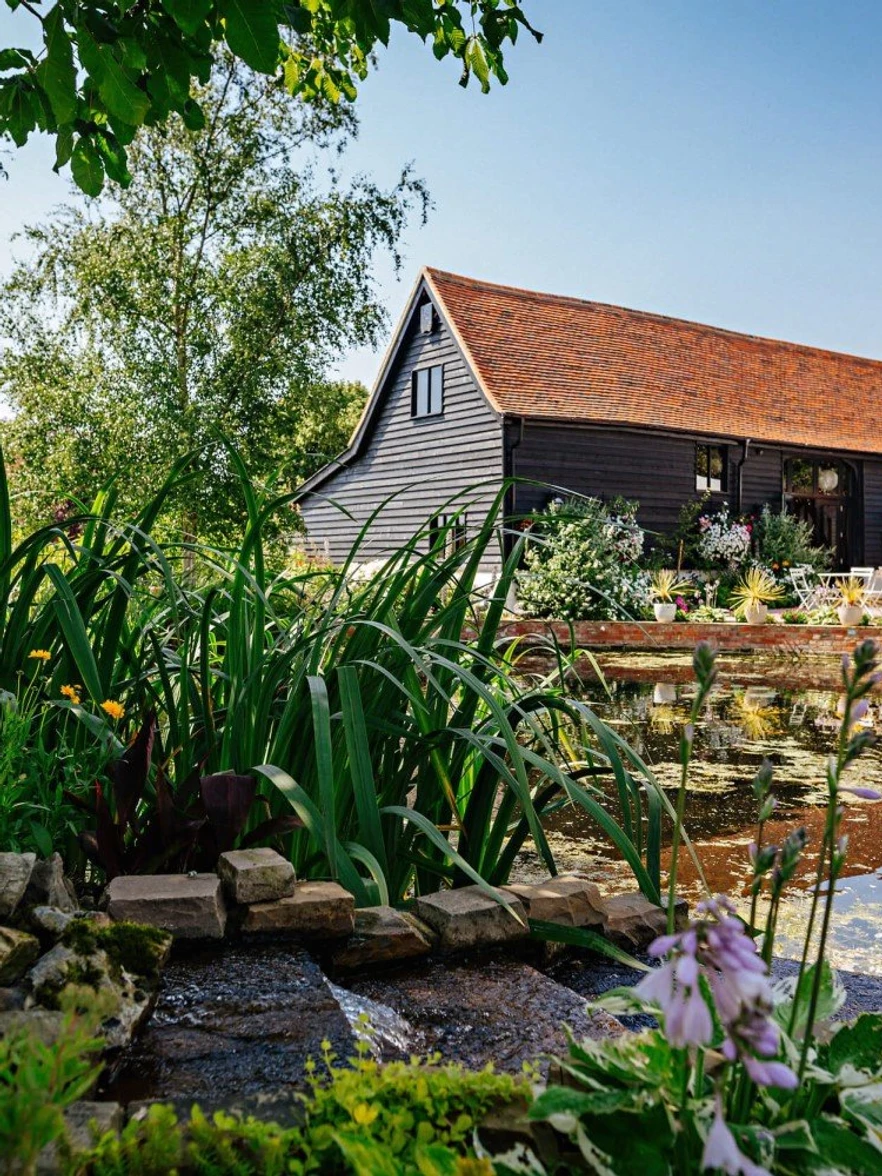
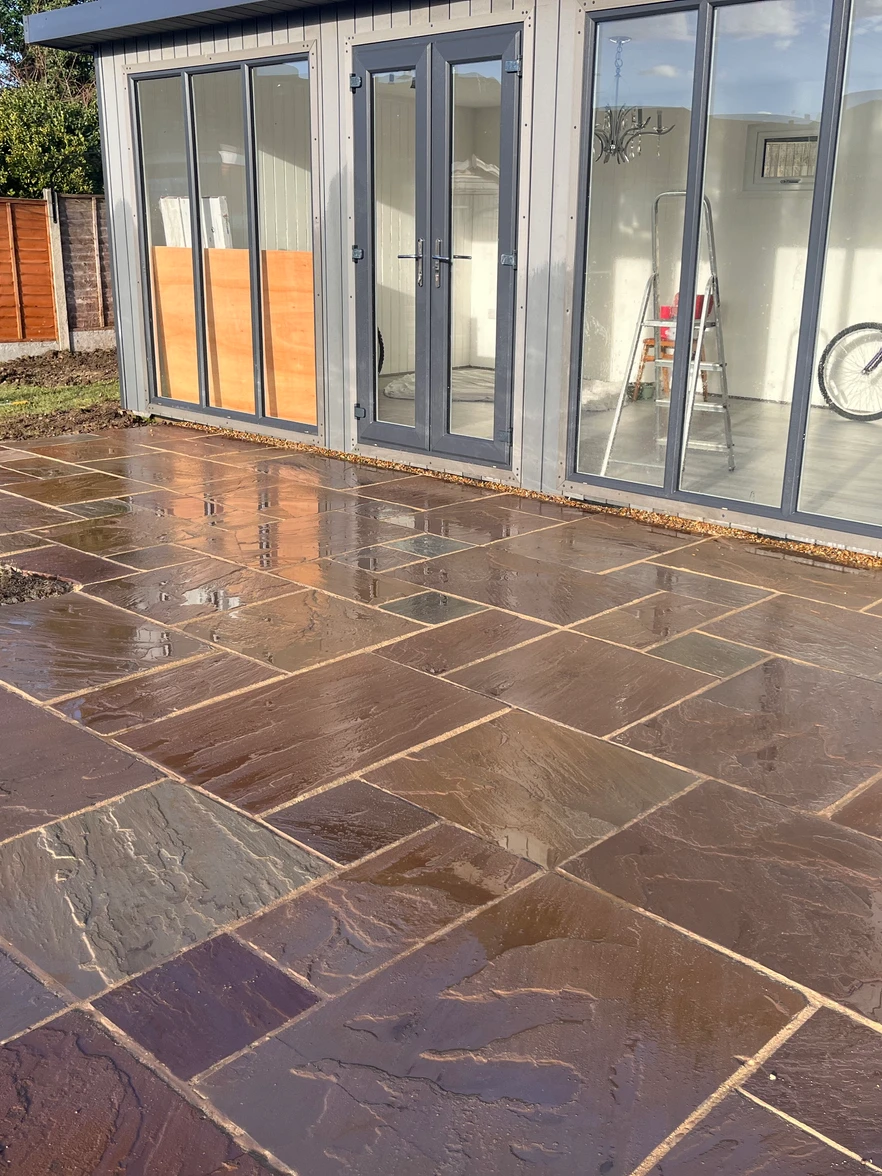
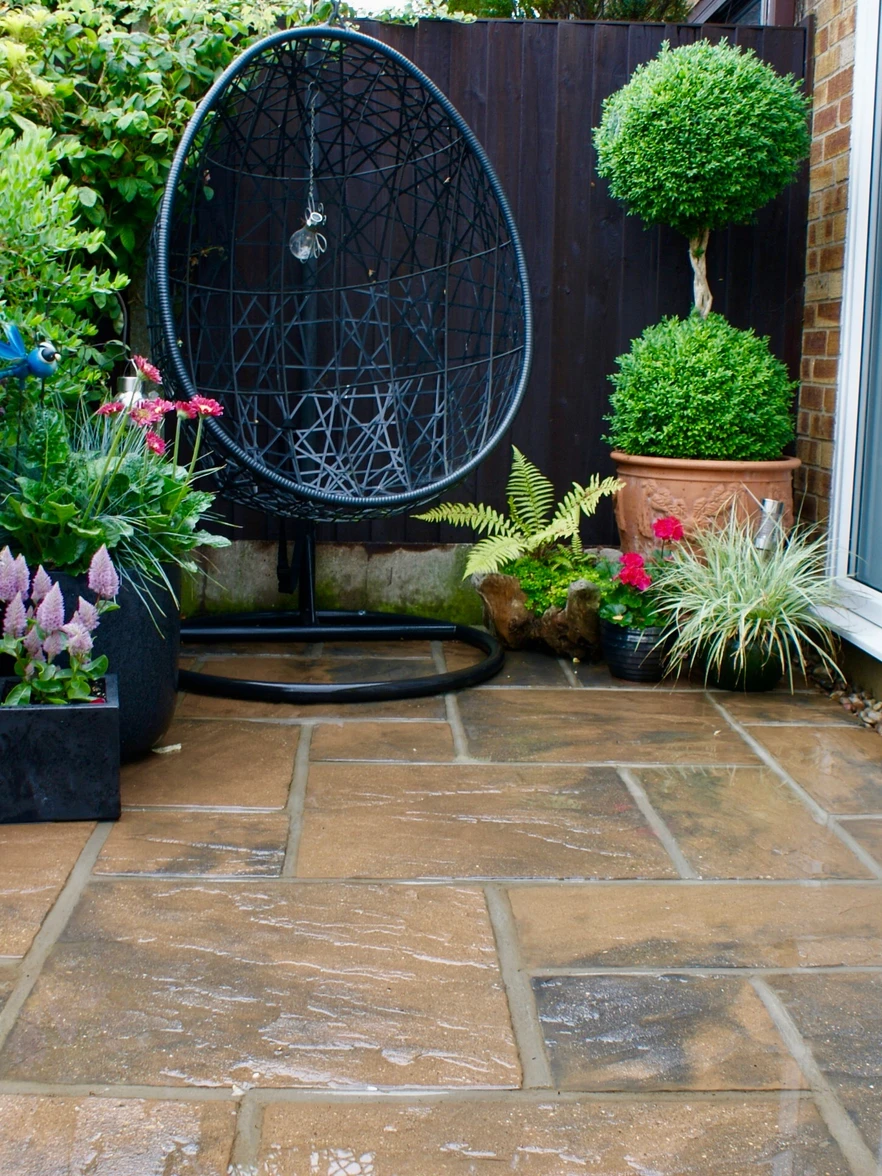
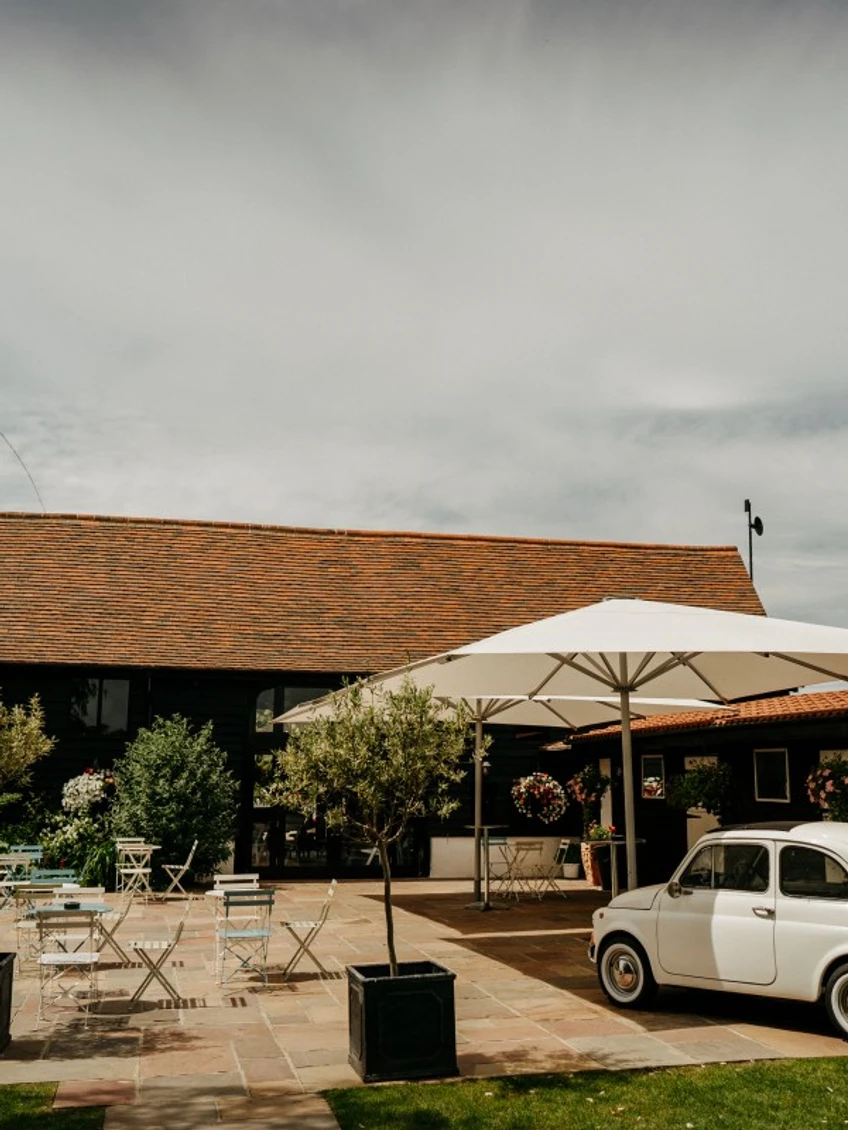
Book Your Landscape Design Consultation
Ready to elevate your property in Essex? Start your garden design journey with a consultation at Anthony James Group today. Our experts are here to listen to your ideas, understand your vision, and offer tailored solutions to enhance the beauty and functionality of your outdoor space.

